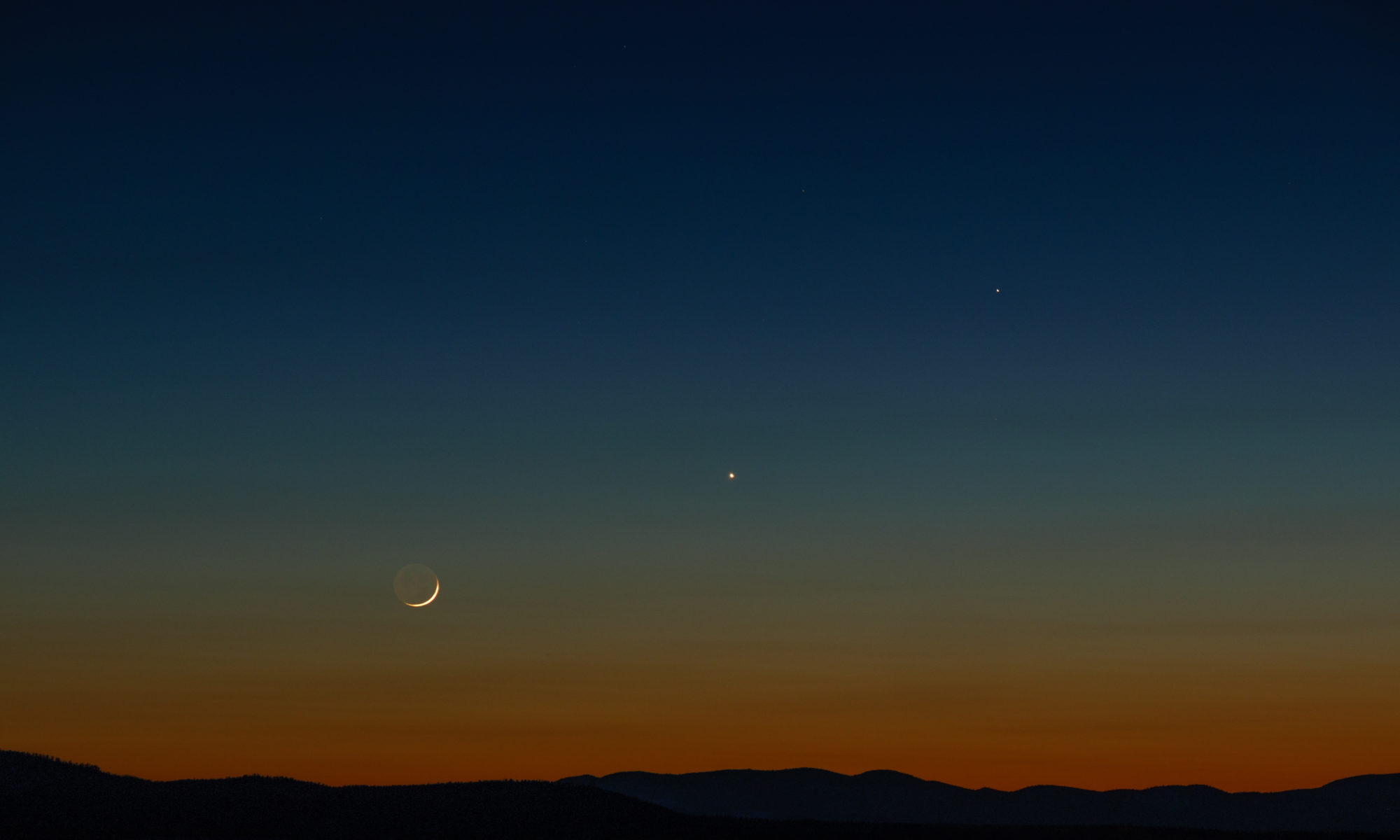I typically catch up on my film viewing during the winter as I build my cycling base for the following season. Highlights from last year included a Kurosawa marathon, as well as a week to cover the Lord of the Rings trilogy. Tonight I rented the Phillip Glass trilogy – Koyaanisqatsi, Powaqqatsi, and Naqoyqatsi and found it fitting that I should undertake my longest roller session to date watching and listening to Koyaanisqatsi – Life out of Balance.
Since returning from Italy I’ve felt torn and disconnected – work, life, and play seem to be rolling by at breakneck speed – and stresses from each compound on the other. Thoughts of empire and the cycles of civilization populate my current reading material – Mumford’s The City in History; Jensen’s Endgame, The problem of Civilization and his The Culture of Make Believe; Sahlins Stone Age Economics; and Gowdy’s Limited Wants, Unlimited Means each have me questioning what we are doing, and where we might be headed.
Koyaanisqatsi fits well with my current reading, and the trilogy could possibly be the perfect training films – the imagery and score breathtaking and constantly moving, intertwining, overlapping, and subtly relating to the whole. My body in motion on the bike adapts to the pace – and my heart, mind, and lungs synchronized with the film – blending the hum of the rollers with the pounding in my chest and the traversing score and flickering of light on the screen. I’ve been a fan of Glass’s work since I had the pleasure of seeing him perform at Lincoln Center (in my grad school days). He performed bits of Koyaanisqatsi and other pieces from his catalog, along with much of the music from Kundun, complete with Tibetan monks on stage in fantastic traditional costume. I was mesmerized – his music seems to take simple themes and distorts and nearly destroys them through subtle and relentless layering and mutation. A melody or rhythm will build upon itself, often overlapping in time – transforming from a simple piece of music to a complex chorus of sound – sometimes returning to its roots – changed, spliced, and mutated – but genetically similar to its forebear.
Koyaanisqatsi the film works this way as well. The film is directed by Godfrey Reggio and works as a powerful study of images – both those of man and those of nature. Over time the imagery can be seen as a journey from nature to civilization – but as a whole it reads more as the collision between progress as defined by civilization with the environment, the earth. Much like Glass’ music our recent path on the earth follows a similar progression – from simple roots we have overlayed and imprinted our voice on the world – mutating and changing to adapt, adjust, and command. People stream through subway turnstiles, rockets scream into the sky, buildings rise, buildings fall, cars course through the veins of the city, people live and die, as well do cities, technologies, profits, hot dogs, cakes, and bombs. Layer upon layer of “life” is interwoven on the landscape – to the point where it is hard to recognize nature at all – except when we see it reflected in or in contrast to our creations – the moon rising behind a skyline, clouds reflected on a glass facade, or the wind and water weaving through our cities. In all of this there are still subtle traces of a different life – the life of the earth, the life before the thousands of mutations and layers and splicing of “needs” and “progress” upon the land. Listening closely we can still hear it – slowly intertwined with the world as we know it – waiting for a pause in the score – a chance for us to breathe, listen, grow, and remember what keeps us here, what created us and gives us life.
Life out of balance – certainly riding rollers will help with that – my spin is getting smoother, I can stand and “climb”, as well as reach for my water bottle. But life seems out of balance as I sit inside watching the world fly by on my computer screen atop a titanium machine on aluminum rollers. I’m “training” to ride long distances on my bicycle, contemplating the contradiction I have become, wondering what parts of the score I should amplify and celebrate, and which parts I should leave on the cutting room floor.

Hey Mike,
I have and enjoy all the *-sqatsi films. You probably already know of Baraka on the off chance you haven’t seen it I’ll mention it as one of my favourite films.
In the same vein Microcosmos and Winged Migration are two other wonderful films.
=-)
Vik